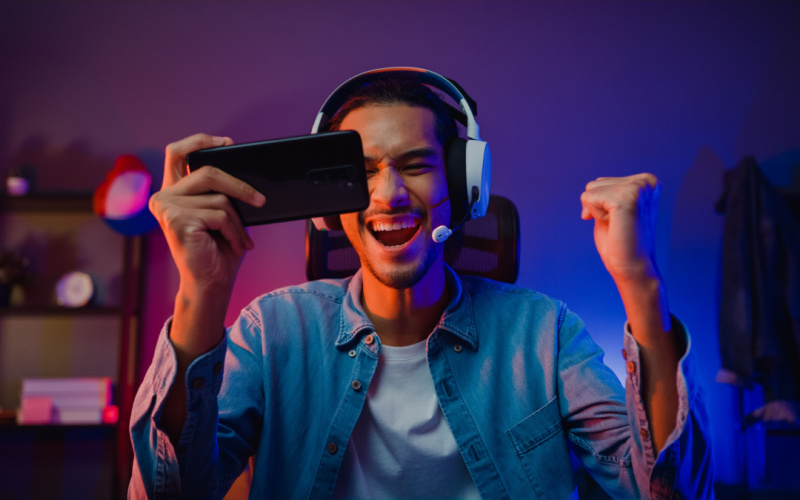In the realm of loyalty marketing, gamification is playing a crucial role in enhancing customer experiences, fostering loyalty, and driving engagement. It leverages the innate human desire for competition, achievement, and rewards to motivate and engage customers.
Gamification is adding game mechanics into nongame environments, like a website, online community, learning management system or loyalty program to increase participation and customer engagement. Here are some of the best ways I have seen businesses, across the Asia Pacific region, successfully embed gamification into their programs.
Increased engagement: Gamification captures the attention of customers by making interactions more enjoyable and interesting. The use of game elements, such as challenges, levels, and sweepstakes, encourages users to participate actively, leading to increased engagement with the brand.
Motivation through rewards: The concept of earning rewards or points through participation in gamified activities serves as a strong motivator. Customers are more likely to stay engaged and make repeat purchases when they know they can unlock exclusive discounts, promotions, or other incentives.
Building a sense of achievement: Games often have a sense of progression, with players advancing through levels or achieving milestones. Similarly, loyalty programs with gamified elements allow customers to track their progress, fostering a sense of achievement and satisfaction as they reach new levels or unlock rewards.
Social interaction and competition: Many games have a social component, and incorporating this into loyalty programs encourages customers to share their achievements or progress on social media platforms. This not only promotes the brand, but also creates a sense of friendly competition among customers.
Personalisation: Gamification allows for a personalised experience based on customer preferences and behaviours. By analysing customer data and tailoring game mechanics to individual profiles, businesses can create targeted and relevant gamified experiences that resonate with their audience.
Educational value: Games often involve learning and problem-solving. In loyalty marketing, gamification can be used to educate customers about products or services, helping them understand the value proposition and features in an entertaining way.
Customer retention: By providing an entertaining and rewarding experience, gamification helps in retaining customers over the long term. When customers feel a connection with a brand through gamified loyalty programs, they are less likely to switch to competitors.
Data collection and insights: Gamification allows businesses to collect valuable data on customer preferences, behaviours, and engagement patterns. This data can be used to refine and optimise loyalty programs, tailoring them to better meet the needs and expectations of the target audience.
Cross-channel integration: Gamification can seamlessly integrate across various channels, including mobile apps, websites, and social media platforms. This ensures a consistent and cohesive customer experience, regardless of the channel they choose to engage with.
In conclusion, gamification in loyalty marketing transforms the customer experience by tapping into the psychological elements that make games enjoyable. By incorporating these game mechanics, businesses can create more compelling and rewarding loyalty programs, ultimately driving customer retention and brand advocacy.


